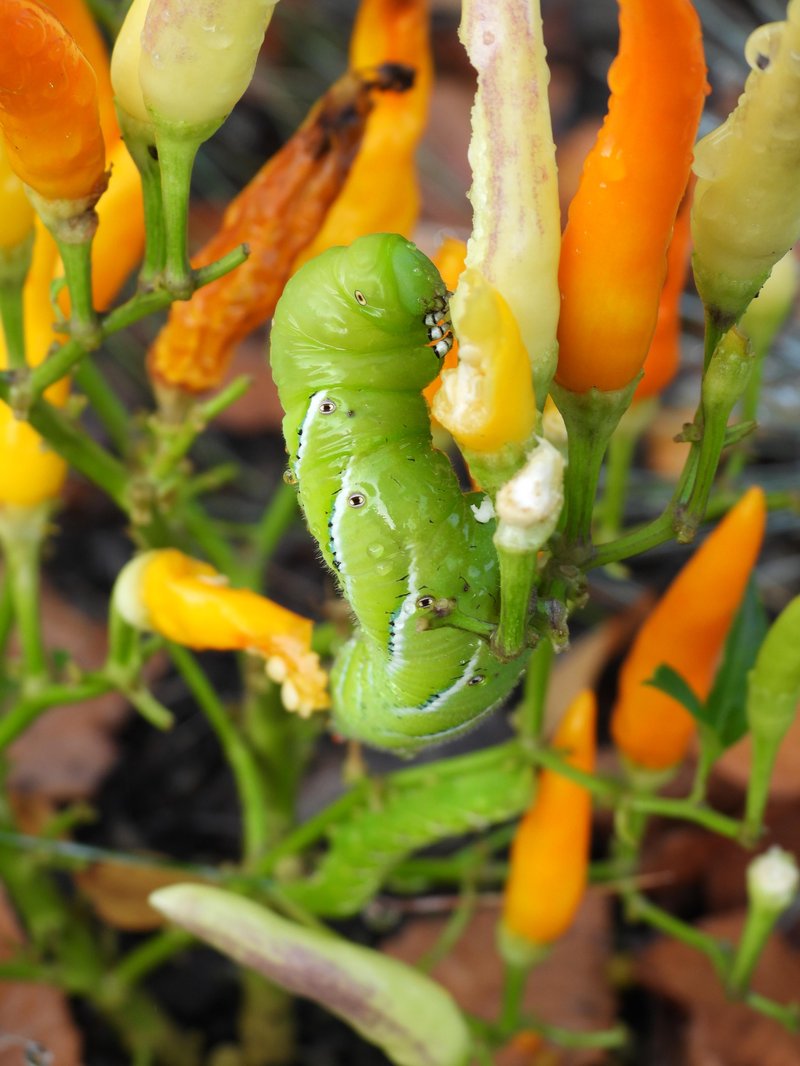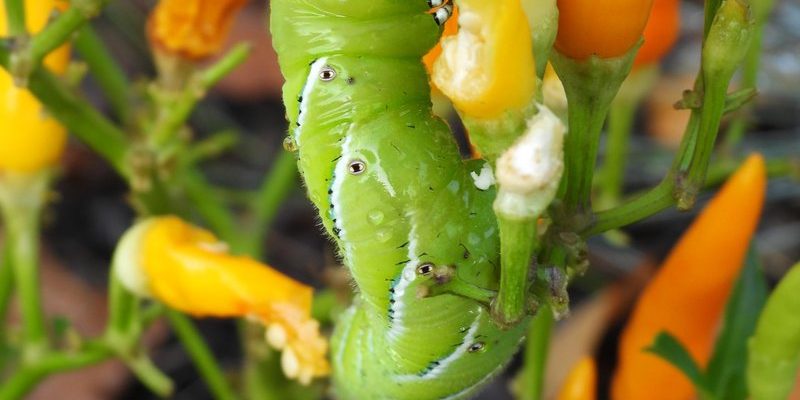
Quarantining hornworms may sound daunting, but it’s really about making sure they’re healthy and reducing the risk of introducing any potential pests or diseases into your pet’s habitat. You might be wondering, “Why bother quarantining?” Well, it helps you monitor their health and ensures they’re free from harmful bacteria or pesticides. So, let’s dive into how to effectively quarantine your hornworms, so they can be a nutritious snack for your pets.
What Are Hornworms and Why Quarantine Them?
Hornworms are the larvae of the hawk moth, and they’re famous for their bright green color and large size. If you’ve never seen one, they can be quite striking! Hornworms are a favorite food for many reptiles like bearded dragons and chameleons. They’re packed with nutrients, making them an excellent choice. However, when you buy hornworms—especially in bulk—you can’t always be sure of their health status.
Quarantining helps you spot issues before they can affect your pets. It’s like putting your new plants in a separate room for a week to make sure they’re not harboring any pests. During the quarantine period, you can monitor the hornworms closely, ensuring they’re feeding well and showing no signs of illness. This initial separation keeps your main feeding stock safe and healthy.
Setting Up the Quarantine Environment
To quarantine your hornworms effectively, you’ll first need to create a suitable environment for them. You can use a small container like a plastic bin with a lid. Make sure the bin is clean and has good ventilation. You don’t want your hornworms to suffocate, and fresh air keeps them happy and healthy.
Here’s how to set it up:
- Size: A container of about 2-3 gallons should suffice for a small batch.
- Ventilation: Drill small holes in the lid or remove the lid slightly to allow airflow.
- Substrate: Line the bottom with paper towels or a clean cloth to absorb moisture and make cleanup easy.
Once you have your setup, you can place your hornworms in this quarantine space. Be gentle when transferring them, as they can be quite delicate. This setup will allow you to keep an eye on their health while providing them with a safe place to thrive.
Monitoring Hornworm Health
Once your hornworms are in their quarantine space, it’s time to keep a close watch on them. You’ll want to observe their behavior and condition daily. Look for signs that indicate they’re healthy and thriving. Healthy hornworms should be actively crawling, eating well, and growing in size.
Here are some key health indicators to monitor:
- Eating: Make sure they’re munching on their food. If you feed them commercial hornworm chow or fresh leaves, watch how much they consume.
- Color: Bright green is a good sign. If they start to discolor or become dull, something might be off.
- Behavior: They should be moving around. If they’re lethargic or seem to be staying in one spot, that could be a red flag.
If you notice anything unusual, don’t hesitate to reach out to a vet or a knowledgeable source familiar with reptiles or hornworms. The sooner you catch any problems, the better.
Feeding Your Quarantined Hornworms
Feeding your quarantined hornworms is essential because it helps them grow and keeps them healthy. You can use specific hornworm chow, which is designed to meet their dietary needs, or you might use fresh plants like tomato or pepper leaves—hornworms love these!
When feeding them, consider the following:
- Freshness: Always use fresh food. Stale or rotten leaves can lead to health issues.
- Quantity: Only feed what they can eat in a day or two. Remove any uneaten food to prevent mold.
- Moisture: Ensure the food is slightly moist but not wet. Too much water can lead to issues in the quarantine environment.
Watching them devour their meals can be quite entertaining! Just be sure to adjust their feeding as they grow since their appetite will increase.
Duration of the Quarantine
Typically, a quarantine period for hornworms lasts about one to two weeks. This time frame allows you to thoroughly monitor their health and behavior. Some might suggest a longer quarantine, especially if you encounter any signs of illness. The key is patience. Just like with any new pet, giving them time to adjust can prevent problems later on.
During this period, keep the environment clean and avoid mixing the quarantined hornworms with any that you already have. After your quarantine period is up, and if everything looks good, then you can safely introduce the hornworms into your feeding routine for your pets.
Handling Issues During Quarantine
Sometimes, despite our best efforts, things can go wrong. If you spot any problems during quarantine, tackling them quickly is crucial. For example, if a hornworm appears wilted or unresponsive, separate it from the healthy ones immediately. This can help prevent any potential spreading of illness.
Here are some common issues you may face:
- Mold or mildew: If you notice this growing on their food, replace it and ensure the container is well-ventilated.
- Dehydration: If the hornworms look shriveled, it might be time to lightly mist the environment (but don’t soak it).
- Excessive die-off: If many of them are dying, double-check the conditions, temperature, and humidity. This usually indicates something is off.
Remember, it’s always better to be cautious. If you’re unsure, seeking advice from experienced keepers or professionals can guide you through tough situations.
Introducing Hornworms to Your Pets
Once your quarantine period is over and everything looks good, it’s time to introduce the hornworms to your pets. You can feel confident that you’re providing them with a nutritious and healthy treat. To do this, simply transfer the hornworms to your pet’s feeding area.
When introducing hornworms, consider these tips:
- Timing: Feed them at a time when your pet is most hungry to encourage them to eat.
- Observation: Watch how your pet interacts with the new food. Some may be more curious than others!
- Variety: Always offer a mix of different foods aside from hornworms to ensure your pet gets a balanced diet.
Your pets will likely appreciate the fresh addition to their diet, and you’ll feel great knowing you’ve taken the extra steps to keep everyone healthy.
Final Thoughts on Quarantining Hornworms
Quarantining hornworms may seem like an extra step, but it’s a crucial part of responsible pet care. By taking the time to monitor their health and ensure they’re safe to feed, you’re not only looking out for your pets but also enhancing their overall health and wellbeing. Every creature deserves a healthy meal, and you’re doing an amazing job by ensuring that!
As you gain experience with quarantining hornworms, the process will become second nature. With a bit of practice and attention, you’ll be ready to provide your pets with this nutritious delicacy without worry. Happy feeding!

